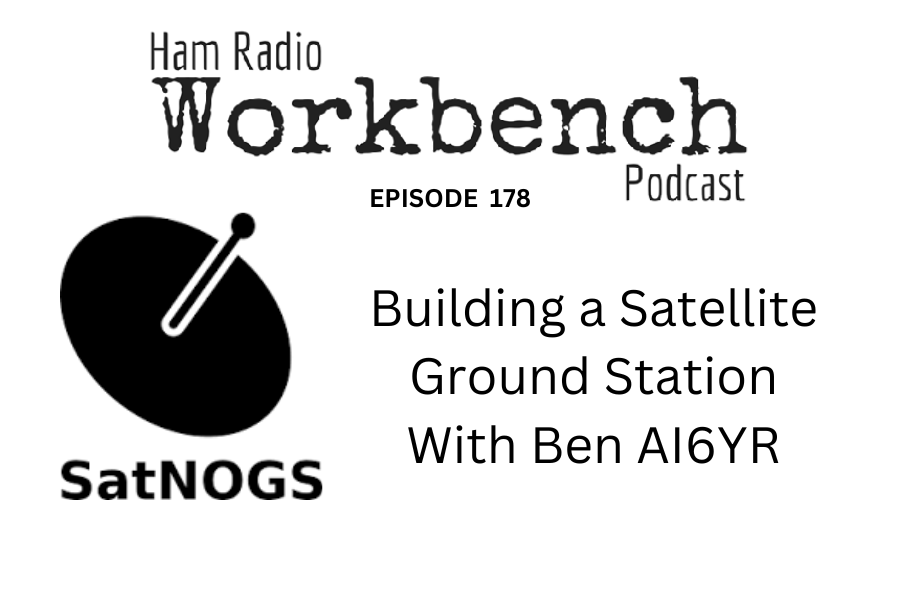|
SHOW NOTES Morse Tutor Kits https://www.ve6lk.com Remote AC power relay https://www.sparkfun.com/products/14236 PackTenna www.packtenna.com Connect Systems https://www.connectsystems.com/amateur.html CSI CS800D DMR/FM mobile https://www.connectsystems.com/products/top/radios/CS800D.htm Build your own Egg Beater Antenna https://www.radioenthusiast.co.uk/news/feature-build-your-own-satellite-antenna SatNOGs Wiki https://docs.satnogs.org/projects/satnogs-network/en/stable/installation.html#id1 Containers vs VM’s https://www.youtube.com/watch?v=eyNBf1sqdBQ SatNOGS Network - create an account on this page to “listen” in https://network.satnogs.org/ How a Photo Miraculously Helped Rescue a Missing Hiker - YouTube Palmdale hiker found safe after going missing in Angeles National Forest | ABC7 - YouTube How Social Media, The Internet, and Ham Radio Saved The Day After Hurricane Maria In Dominica https://www.facebook.com/HurricaneMariaDARCI/posts/2000861560180505/ HB9VQQ runs a Solar Indices and Ham Radio Propagation page based on Grafana - that’s what Vince recognized https://grafana.gafner.net/d/kAZyp6bMz/solar-indices-and-ham-radio-propagation?orgId=1 The backstory behind Ben and the lost hiker How a Photo Miraculously Helped Rescue a Missing Hiker - YouTube Palmdale hiker found safe after going missing in Angeles National Forest | ABC7 - YouTube How Social Media, The Internet, and Ham Radio Saved The Day After Hurricane Maria In Dominica https://www.facebook.com/HurricaneMariaDARCI/posts/2000861560180505/
6 Comments
KI7LKB
4/5/2023 20:16:40
Hey Mark. Keep us posted on the antenna project. Sounds interesting; maybe a show topic.
Reply
4/19/2023 09:47:09
2-element Single Mast Wire Beam with 4 Switchable Directions
Reply
4/21/2023 04:34:36
Found the 6-way article - it is available as a PDF here: https://www.uni-due.de/imperia/md/images/hft/abuelhaija_inverted_v_wire_yagi.pdf
Hi, I'm one of the developers and operators of SatNOGS project.
Reply
Adding the missing links:
Reply
4/11/2023 13:59:31
You should try a robotic lawnmower. I just bought one.
Reply
Leave a Reply. |
SubscribeCategories
All
|


 RSS Feed
RSS Feed
